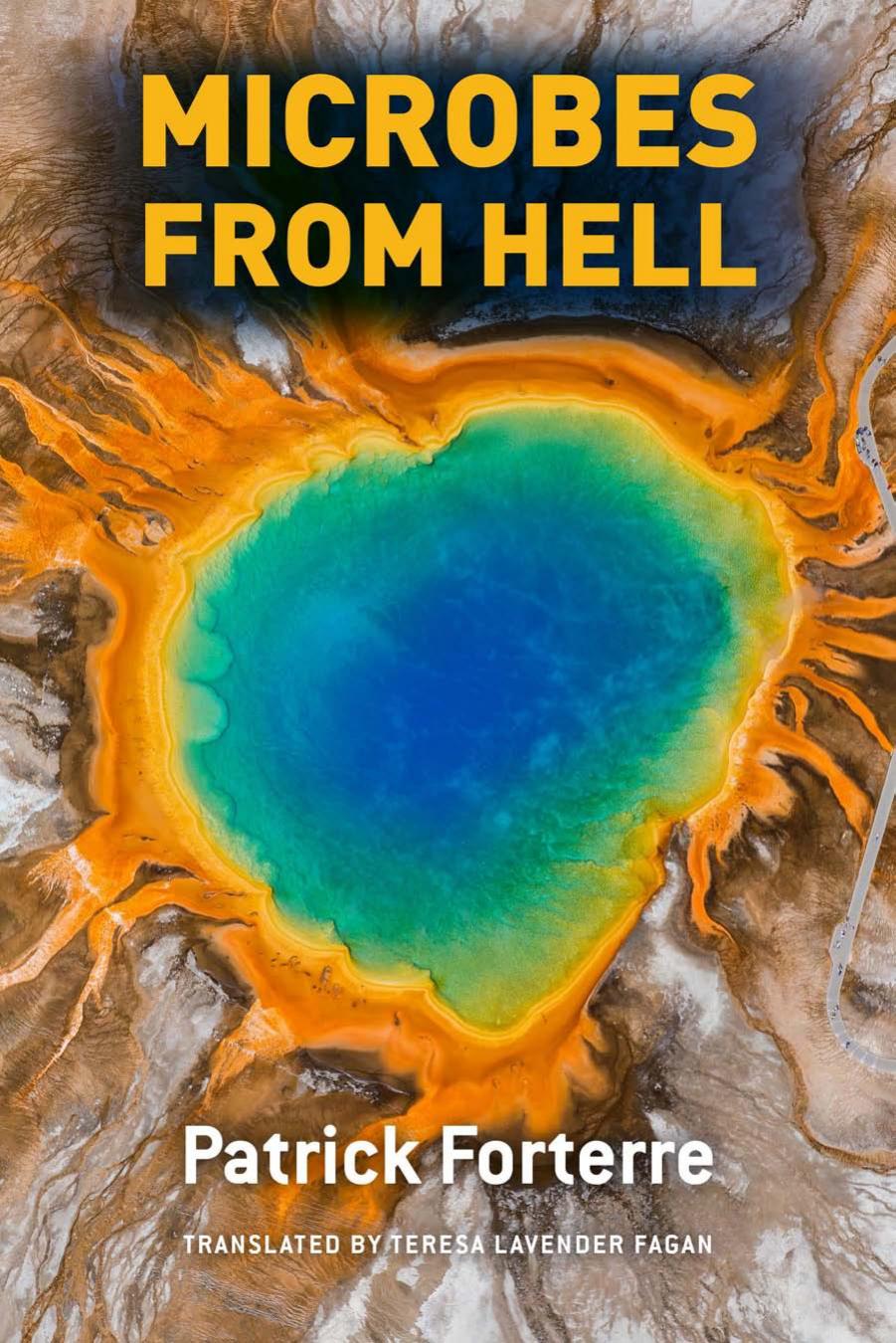Microbes from Hell by Patrick Forterre

Author:Patrick Forterre [Forterre, Patrick]
Language: eng
Format: epub, pdf
ISBN: 9780226265964
Publisher: The University of Chicago Press
Published: 2016-08-07T16:00:00+00:00
From 16S Ribosomal RNA to 16S DNA Genes: Always More Sequences
The historic SAB method was quickly abandoned when in the 1980s a sequencing method for the DNA molecule was perfected, again by Sanger. It was this method that would enable Woese’s team to construct the first universal tree of life. Let’s note that twenty years earlier, Sanger had invented the technique that enabled the order of amino acids in the sequence of proteins to be determined. This exceptional scientist was awarded a Nobel Prize for each of these sequencing methods (in 1958 and in 1980). We will see, moreover, that the method Sanger perfected for DNA sequencing is at the foundation of the genome revolution. For all evolutionists, Sanger’s method had an immediate impact. It enabled the direct sequencing of the gene coding for 16S ribosomal RNA without having to go through laborious steps of purification and radioactive marking of ribosomes. Just like the messenger RNA (see chapter 3), ribosomal RNA are transcribed from a gene onto the DNA of a chromosome. The sequence of this gene is thus identical to that of ribosomal RNA. From a practical point of view, the sequencing of the gene coding for 16S ribosomal RNA is much simpler and faster to implement than the SAB method.
The use of the method of DNA amplification through polymerase chain reaction (PCR; see the prologue) at the end of the 1980s made the exercise even easier: one could directly amplify, at high temperature, the gene coding for 16S ribosomal RNA of an organism from a small sample of its DNA by using the DNA polymerase extracted from one of our infernal microbes (the bacterium Thermus aquaticus or the archaea Pyrococcus furiosus), then sequence it. Today we have complete sequences of several thousands of 16S ribosomal RNA molecules, which can be compared using different computer programs enabling the measurement of the evolutionary distances among species. To achieve this feat, the sequences are aligned beneath each other to identify the positions that descend from the same ancestral nucleotide in the 16S ribosomal RNA molecule that existed in the common ancestor of all organisms being studied (figure 4.3). Depending on the organisms, these positions will be occupied by one of the four nucleotides A, U, G, or C. From that data, we can calculate the percentage of identity between two sequences (that is, the percentage of positions that are occupied by the same nucleotide, the same letter), which gives us an indication of their resemblance. By comparing all the sequences two by two, the computer (or rather the program in it) constructs a tree in which the length of the branches connecting different species is directly proportional to the global resemblance of their 16S ribosomal RNA (figure 4.3). The same approach enables the construction of trees based on protein sequences, the positions analyzed corresponding, in this case, to amino acids. In both cases, specialists will tell you that my presentation of the construction methods for trees is a bit simplistic (to say the least).
Download
This site does not store any files on its server. We only index and link to content provided by other sites. Please contact the content providers to delete copyright contents if any and email us, we'll remove relevant links or contents immediately.
| Cell Biology | Developmental Biology |
| Entomology | Marine Biology |
| Microbiology | Molecular Biology |
| Biostatistics |
Sapiens: A Brief History of Humankind by Yuval Noah Harari(14252)
The Tidewater Tales by John Barth(12608)
Mastermind: How to Think Like Sherlock Holmes by Maria Konnikova(7227)
Do No Harm Stories of Life, Death and Brain Surgery by Henry Marsh(6891)
The Thirst by Nesbo Jo(6826)
Why We Sleep: Unlocking the Power of Sleep and Dreams by Matthew Walker(6618)
Life 3.0: Being Human in the Age of Artificial Intelligence by Tegmark Max(5474)
Sapiens by Yuval Noah Harari(5294)
The Longevity Diet by Valter Longo(5019)
The Body: A Guide for Occupants by Bill Bryson(4974)
The Rules Do Not Apply by Ariel Levy(4861)
The Immortal Life of Henrietta Lacks by Rebecca Skloot(4525)
Animal Frequency by Melissa Alvarez(4395)
Why We Sleep by Matthew Walker(4360)
The Hacking of the American Mind by Robert H. Lustig(4318)
Yoga Anatomy by Kaminoff Leslie(4306)
All Creatures Great and Small by James Herriot(4232)
Double Down (Diary of a Wimpy Kid Book 11) by Jeff Kinney(4207)
Barron's AP Biology by Goldberg M.S. Deborah T(4097)
